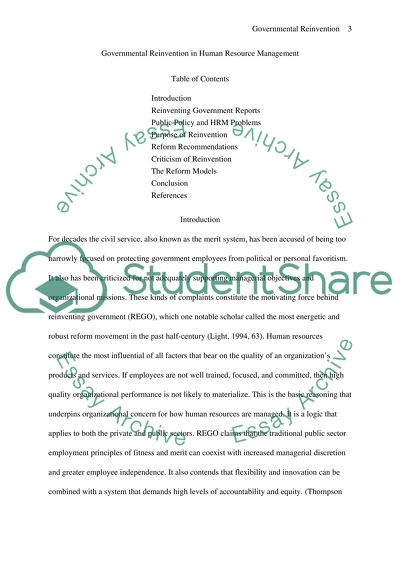Cite this document
(“Governmental Reinvention and Privatization Essay”, n.d.)
Governmental Reinvention and Privatization Essay. Retrieved from https://studentshare.org/miscellaneous/1530569-governmental-reinvention-and-privatization
Governmental Reinvention and Privatization Essay. Retrieved from https://studentshare.org/miscellaneous/1530569-governmental-reinvention-and-privatization
(Governmental Reinvention and Privatization Essay)
Governmental Reinvention and Privatization Essay. https://studentshare.org/miscellaneous/1530569-governmental-reinvention-and-privatization.
Governmental Reinvention and Privatization Essay. https://studentshare.org/miscellaneous/1530569-governmental-reinvention-and-privatization.
“Governmental Reinvention and Privatization Essay”, n.d. https://studentshare.org/miscellaneous/1530569-governmental-reinvention-and-privatization.


